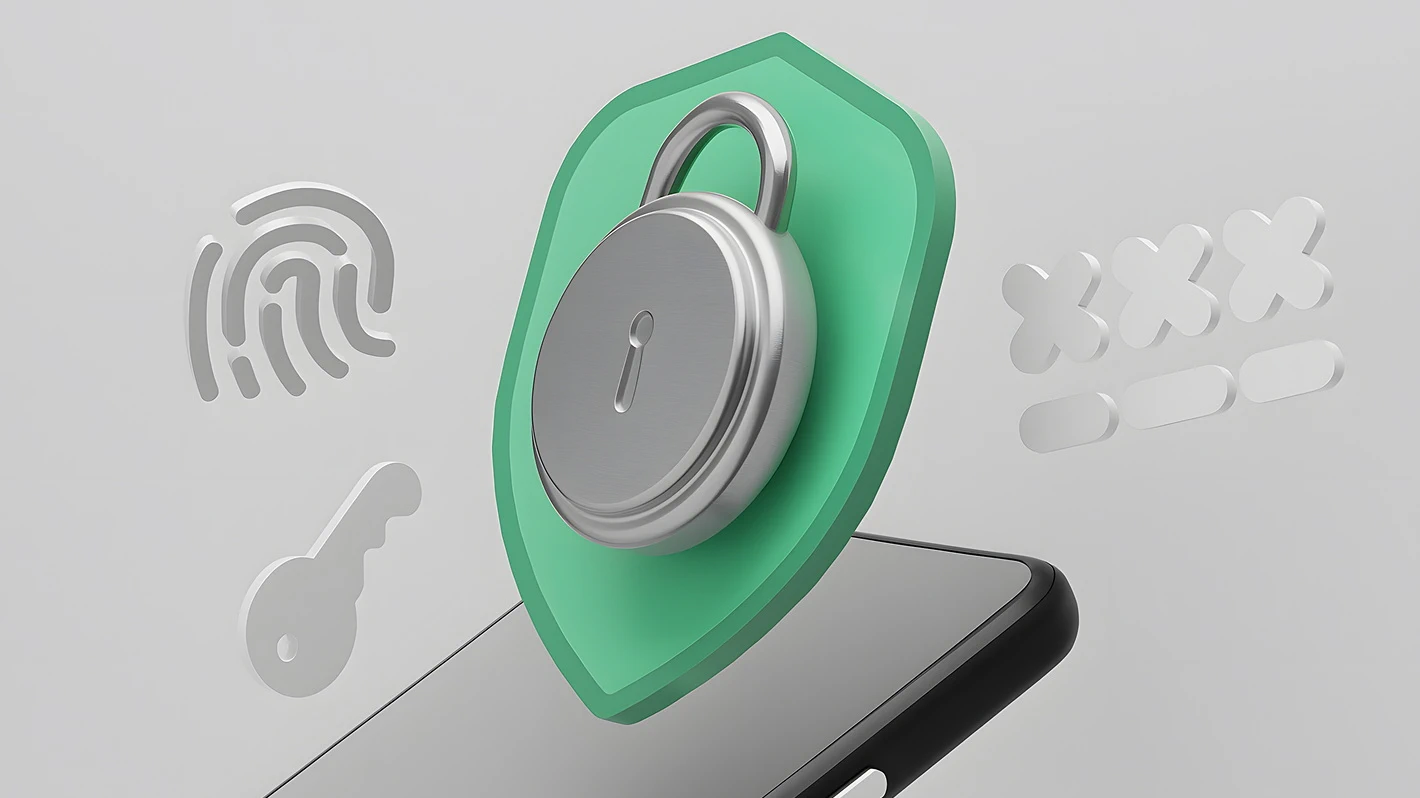Over the past few years, contact center outsourcing services have undergone a major transformation. With the advent of cutting-edge technologies, call center outsourcing companies in USA and other locations around the globe can now provide a much higher level of customer service to the joy of satisfied customers. New methods of managing contact center operations have made it possible to save money and improve efficiency. As a result of these changes, a calling center is now able to offer its customers a lot more than it used to. Statistics show that the future is bright for the outsourcing industry – according to Research and Markets, we are going to witness considerable growth in the global contact center outsourcing market – from $339 billion in 2021 to $496 billion by 2027 and the global call center software market is expected to be worth $35.3 billion by 2023. So, what recent trends in contact center technology predetermine such an optimistic state of affairs?

AI Rules Supreme in Contact Centers
AI has brought multiple, behind-the-scene benefits to calling centers. It is widely used to automate simple tasks, such as routing phone calls or providing customer information. This frees up agents to handle more complex inquiries, improving the efficiency and overall quality of inbound and outbound calls. In addition, AI can be used to analyze data from past calls, identifying trends and potential areas for improvement. As a result, AI has quickly become an indispensable tool for calling center managers. Nowadays every third call center outsourcing company is heavily investing in AI to deliver personalized CX. The sums invested are also huge – $933 million by 2024 in North America only. However, out of all bells and whistles AI tools provide, conversational AI seems the most useful for contact centers. Also known as chatbots or virtual agents, conversational AI provides automated customer service via a website and an app. Customers are looking for time-consuming solutions and contact center companies in their turn are looking to save money. Conversational AI is a perfect solution to meet both needs. Convenience, speed and 24/7 availability of conversational AI are equally appreciated by both customers and workers of contact center outsourcing companies.

Sentiment Analysis is a New Norm in Contact Centers
Sentiment analysis, as the name implies, is a technology that assesses the emotions of customers’ messages. A key use for this is flagging negatively rated conversations to managers, allowing them to step in and assist an agent to improve the contact center outsourcing services and overall customer experience before it goes south. Companies may also discover which contact center agents exhibit high amounts of negative emotion and low levels of positivity using the data gathered by these systems. Based on this knowledge, managers may improve the coaching of agents or modify their calling center skills to ensure that all staff members receive pertinent feedback. This technology is being widely used to identify areas of improvement for businesses, as well as hot-button issues that customers are talking about. While this contact center software has many benefits, it is important to note that it is not perfect. Sentiment analysis is still in its infancy, and it can often be difficult to accurately assess the sentiment of a message. As such, a calling center outsourcing company should use this technology as one tool in their customer experience arsenal, but not rely on it exclusively.
Cloud-based vs On-premise Platforms
Technology has made it possible for agents to meet all possible customers’ demands, be it convenience, 24/7 support, or a human touch. These days, more and more top call center outsourcing companies are making the switch to cloud-based platforms. And it’s no wonder why! Cloud-based calling center platforms offer a number of advantages over traditional on-premise systems. For starters, they’re much more scalable. If a contact center experiences a sudden influx of customer calls, it’s possible to simply add more seats to your account. With an on-premise system, one would need to purchase and install new hardware, which can be both costly and time-consuming. Additionally, cloud-based platforms are typically more reliable than on-premise systems, thanks to features like automatic updates and built-in redundancy. And if that’s not enough, cloud-based call center platforms are also often more affordable than their on-premise counterparts as there aren’t any added costs and hassle of maintaining a physical space, consequently, call center outsourcing cost is much lower.

Virtual Desktop Infrastructure for Modern Contact Centers
In today’s fast-paced business world, call center outsourcing companies need to be able to adapt quickly to changes in the market. One way to do this is to adopt a virtual desktop infrastructure (VDI). Virtual desktop infrastructure (VDI) is a technology that allows nearshore call center agents to access their desktops remotely, from anywhere with an internet connection. Additionally, VDI can help to improve security and compliance, as all data is stored centrally on servers rather than on individual agent laptops or desktops. Another great thing about VDI is that it can help boost agent productivity by providing them with a consistent and reliable desktop experience, regardless of location or device. This flexibility is certainly a recipe for success as it leads to increased productivity and better customer service. Last but not least, VDI can help to decrease call center outsourcing prices as there’s no need for physical hardware, such as computers and servers. In short, VDI can be a powerful tool for an outsourcing call center looking to improve its operations.

Augmented Reality Exceeds Expectations
Being initially an attribute of the gaming industry, augmented reality (AR) technologies are increasingly being used by companies providing outsourcing call center services. Recent research into AR clearly shows that the future of its application in nearshore call centers is more than promising. According to Thrive Analytics, 73% of customers reported a high level of satisfaction after using mobile AR. The number of customers who take advantage of AR worldwide has already reached 1 billion. Statista predicts that by 2024 the number of mobile devices that will be able to support AR capabilities will exceed 1.7 billion. These figures prove that investing in AR technologies is a smart decision for companies offering call center outsourcing services. By donning a pair of AR glasses, agents can see customers’ problems through their eyes and provide them with step-by-step solutions in real time. This way agents act as ‘virtual technicians,’ providing hands-on assistance that is not possible with traditional telephone or video conferencing customer service tools. AR contact center technologies are particularly helpful for providing high-quality technical support like troubleshooting complex technical problems or providing step-by-step instructions for assembling or installing products. Moreover, AR can be used to provide a virtual tour of a product or service or to give customers an immersive experience. Thanks to the power of augmented reality, any outsourcing contact center can offer self-service solutions that allow customers to use their smartphones to access a knowledge base of FAQs, manuals, and training materials. With this type of system in place, customers can effectively resolve more issues on their own.

Customer Journey Mapping in Real Time
In the world of customer service, the journey is just as important as the destination. That’s why real-time customer journey mapping is among the most popular contact center outsourcing trends today. While an agent is interacting with a customer, they may view the consumer’s online browsing history. The agent may better comprehend the client’s purpose and inquiry by looking at the websites the customer has visited as well as session data like “time on page” and “clicks,” which enables them to address problems more quickly. By tracking every step of the customer’s journey, agents can quickly identify any potential bottlenecks or pain points and use this information to improve the overall customer experience. Just as a conductor relies on sheet music to keep an orchestra playing in harmony, effective journey orchestration depends on customer data. By tracking every touchpoint along the customer journey, businesses can identify points of friction and optimize the experience to ensure a smooth journey from start to finish. Furthermore, customer journey analytics can help companies specializing in call center outsourcing service to anticipate customer needs and proactively address potential problems. In other words, customer journey analytics is the score that businesses need to ensure that their journey orchestration efforts are in tune with the needs of their customers. Without it, businesses are at risk of losing track of the customer experience and simply missing the boat.
An Omnichannel Contact Center is a Modern Panacea
If a calling center has failed to deploy omnichannel software by now, it’s time to face the facts: it’s fallen behind. Customers expect to be able to reach businesses through multiple channels including phone, email, chat, and social media, and they won’t tolerate being bounced around from one channel to another. According to research by Harvard Business Review, which looked at the purchasing habits of 46,000 customers, 73% of consumers like to purchase across multiple channels due to the seamless communication experience. Contact center software that can integrate with the existing systems and provide a seamless customer experience is no longer a luxury; it’s a necessity and a perfect contact center outsourcing solution. With omnichannel call center software, it’s possible to route customer inquiries to the most appropriate customer service representative regardless of channel, track customer interactions across channels, and even provide self-service options such as FAQs and knowledge bases, which considerably improves the way contact centers operate.
Data-Driven Approach With Predictive analytics
Data is the new oil, and predictive analytics is the refinery. Just as crude oil must be processed in order to yield valuable products like gasoline and plastics, data must be analyzed in order to yield valuable insights. Predictive analytics is a particularly powerful form of data analysis that can be used to identify future trends and opportunities. This type of analysis can offer insights that help outsourcing call center companies target customer retention opportunities. Predictive analytics can also help identify which customers are most likely to respond to a particular offer, or which products are most likely to be popular among a certain group of customers. Given the competition is cut-throat among companies providing outsourcing calling center services, those who are able to make use of predictive analytics will have a distinct advantage.
Takeaways
Technology has always been a key component of high-performing contact centers. Today, however, it is more important than ever. With the rise of digital channels, customers expect fast, personalized service across multiple channels. In order to meet these expectations and provide exceptional calling center outsourcing service, companies must invest in the right technology call and contact centers. The right platform will empower customer service and contact center agents to deliver premium support.











